SWG Kunstlexikon
CHRISTIAN KROHG
KUNSTWERKE
Christian Krohg | A collection of 158 works | LearnFromMasters | Description | „Norwegian painter, draughtsman and writer. While studying law at the University of Christiania (1869-73), he attended both Johan Fredrik Eckersberg’s (1822-1870)) private art school (1869-70) and then the drawing class of Julius Middelthun (1820-1886) at the Royal School of Drawing (1870-71). Having taken his degree in law, he went to the Kunstschule in Karlsruhe, where he studied under Hans Gude (1825-1903) and then Karl Gussow (1843-1907). In 1875 he followed Gussow to the Akademie at Berlin. He remained there until 1878, becoming a close friend of Max Klinger, a fellow student, and also getting to know the Danish philosopher and writer Georg Brandes (1842-1927), who introduced him to contemporary French writers such as Emile Zola and did much to sharpen his awareness of social and political problems. The experience of Berlin, where Krohg lived in great poverty, complemented Brandes’s arguments and gave a somewhat bitter and critical turn to Krohg’s interest in the realistic recording of the city. Krohg also embarked on his career as a portraitist at this time. While his portrait of Lucy Eyeberg (1876; Nasjonalgalleriet, Oslo) reveals an acute realist interest in costume, especially its varying textures, the portrait of Georg Brandes (1878-79; Skagen, Skagens Museum) shows Krohg also capable of responding to a forceful and fascinating personality with a penetrating study of character. Though Krohg was impressed by Menzel and Liebermann during his stay in Berlin, he preferred to paint in a Naturalist style. Krohg visited Skagen for the first time in the summer of 1879 and visited it several times during the course of the 1880s. The meeting with Skagen, its inhabitants, and the other painters at the artists‘ colony had a significant influence on Krohg’s artistic development. In 1881 Krohg won a state stipend and went to Paris. Next year he exhibited for the first time at the Paris Salon. He was strongly influenced by Manet and joined the Impressionist movement, painting mainly pictures of social criticism. He was one of the first exponents of Impressionism in Norway and in 1884 he began to exhibit regularly at the annual exhibitions in Oslo. In 1893 he won the competition to exhibit a painting at the World Fair in Chicago in 1893. Between 1901 and 1909 he lived in Paris and in 1902 he became a teacher at the Académie Colarossi. from 1909 he was director of the newly founded Academy of Painting and Sculpture in Oslo. In 1886 he published the novel „Albertine“, and in 1888 the novel „A Duel.“ | YouTube
CHRISTIAN KROHG
KUNSTWERKE
Christian Krohg | A collection of 158 works | LearnFromMasters | Description | „Norwegian painter, draughtsman and writer. While studying law at the University of Christiania (1869-73), he attended both Johan Fredrik Eckersberg’s (1822-1870)) private art school (1869-70) and then the drawing class of Julius Middelthun (1820-1886) at the Royal School of Drawing (1870-71). Having taken his degree in law, he went to the Kunstschule in Karlsruhe, where he studied under Hans Gude (1825-1903) and then Karl Gussow (1843-1907). In 1875 he followed Gussow to the Akademie at Berlin. He remained there until 1878, becoming a close friend of Max Klinger, a fellow student, and also getting to know the Danish philosopher and writer Georg Brandes (1842-1927), who introduced him to contemporary French writers such as Emile Zola and did much to sharpen his awareness of social and political problems. The experience of Berlin, where Krohg lived in great poverty, complemented Brandes’s arguments and gave a somewhat bitter and critical turn to Krohg’s interest in the realistic recording of the city. Krohg also embarked on his career as a portraitist at this time. While his portrait of Lucy Eyeberg (1876; Nasjonalgalleriet, Oslo) reveals an acute realist interest in costume, especially its varying textures, the portrait of Georg Brandes (1878-79; Skagen, Skagens Museum) shows Krohg also capable of responding to a forceful and fascinating personality with a penetrating study of character. Though Krohg was impressed by Menzel and Liebermann during his stay in Berlin, he preferred to paint in a Naturalist style. Krohg visited Skagen for the first time in the summer of 1879 and visited it several times during the course of the 1880s. The meeting with Skagen, its inhabitants, and the other painters at the artists‘ colony had a significant influence on Krohg’s artistic development. In 1881 Krohg won a state stipend and went to Paris. Next year he exhibited for the first time at the Paris Salon. He was strongly influenced by Manet and joined the Impressionist movement, painting mainly pictures of social criticism. He was one of the first exponents of Impressionism in Norway and in 1884 he began to exhibit regularly at the annual exhibitions in Oslo. In 1893 he won the competition to exhibit a painting at the World Fair in Chicago in 1893. Between 1901 and 1909 he lived in Paris and in 1902 he became a teacher at the Académie Colarossi. from 1909 he was director of the newly founded Academy of Painting and Sculpture in Oslo. In 1886 he published the novel „Albertine“, and in 1888 the novel „A Duel.“ | YouTube
CHRISTIAN KROHG
KUNSTWERKE
Christian Krohg | A collection of 158 works | LearnFromMasters | Description | „Norwegian painter, draughtsman and writer. While studying law at the University of Christiania (1869-73), he attended both Johan Fredrik Eckersberg’s (1822-1870)) private art school (1869-70) and then the drawing class of Julius Middelthun (1820-1886) at the Royal School of Drawing (1870-71). Having taken his degree in law, he went to the Kunstschule in Karlsruhe, where he studied under Hans Gude (1825-1903) and then Karl Gussow (1843-1907). In 1875 he followed Gussow to the Akademie at Berlin. He remained there until 1878, becoming a close friend of Max Klinger, a fellow student, and also getting to know the Danish philosopher and writer Georg Brandes (1842-1927), who introduced him to contemporary French writers such as Emile Zola and did much to sharpen his awareness of social and political problems. The experience of Berlin, where Krohg lived in great poverty, complemented Brandes’s arguments and gave a somewhat bitter and critical turn to Krohg’s interest in the realistic recording of the city. Krohg also embarked on his career as a portraitist at this time. While his portrait of Lucy Eyeberg (1876; Nasjonalgalleriet, Oslo) reveals an acute realist interest in costume, especially its varying textures, the portrait of Georg Brandes (1878-79; Skagen, Skagens Museum) shows Krohg also capable of responding to a forceful and fascinating personality with a penetrating study of character. Though Krohg was impressed by Menzel and Liebermann during his stay in Berlin, he preferred to paint in a Naturalist style. Krohg visited Skagen for the first time in the summer of 1879 and visited it several times during the course of the 1880s. The meeting with Skagen, its inhabitants, and the other painters at the artists‘ colony had a significant influence on Krohg’s artistic development. In 1881 Krohg won a state stipend and went to Paris. Next year he exhibited for the first time at the Paris Salon. He was strongly influenced by Manet and joined the Impressionist movement, painting mainly pictures of social criticism. He was one of the first exponents of Impressionism in Norway and in 1884 he began to exhibit regularly at the annual exhibitions in Oslo. In 1893 he won the competition to exhibit a painting at the World Fair in Chicago in 1893. Between 1901 and 1909 he lived in Paris and in 1902 he became a teacher at the Académie Colarossi. from 1909 he was director of the newly founded Academy of Painting and Sculpture in Oslo. In 1886 he published the novel „Albertine“, and in 1888 the novel „A Duel.“ | YouTube



